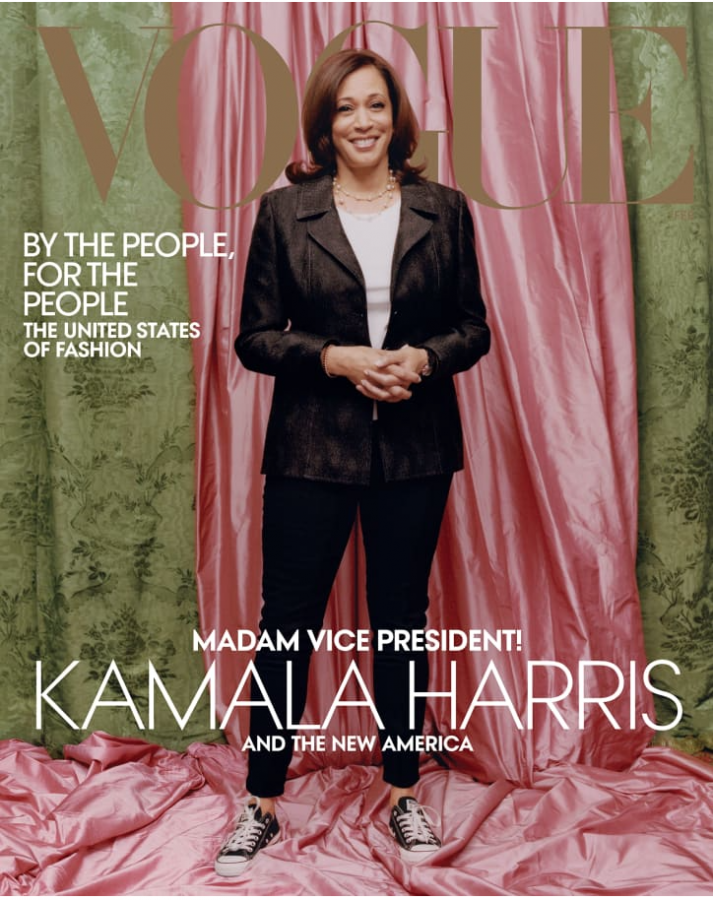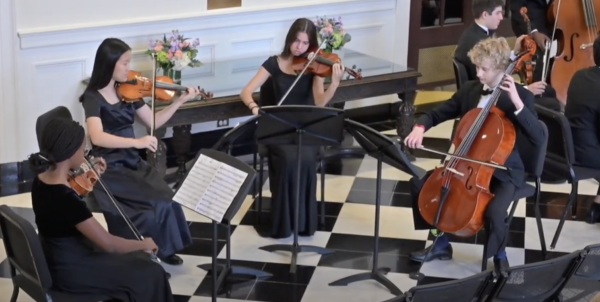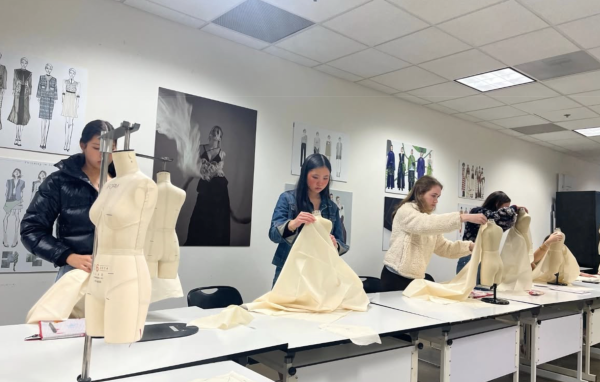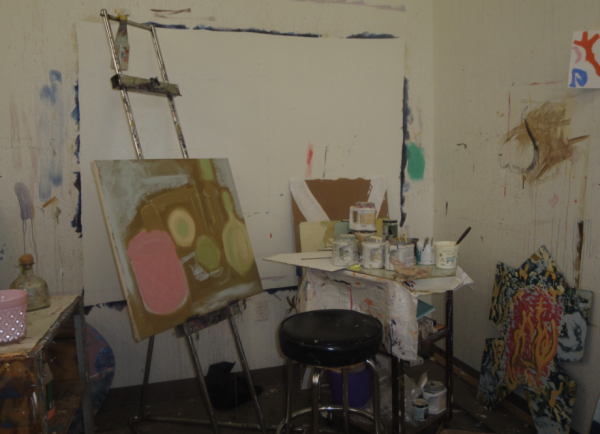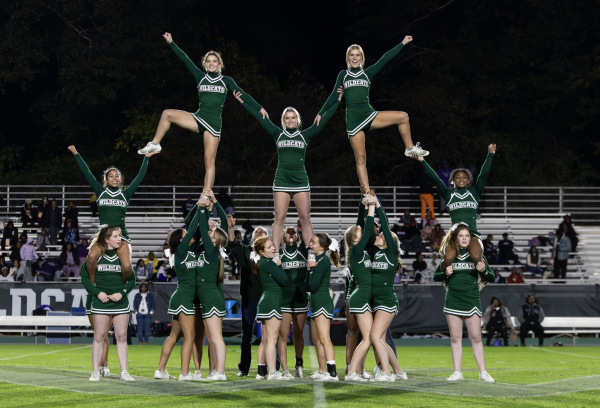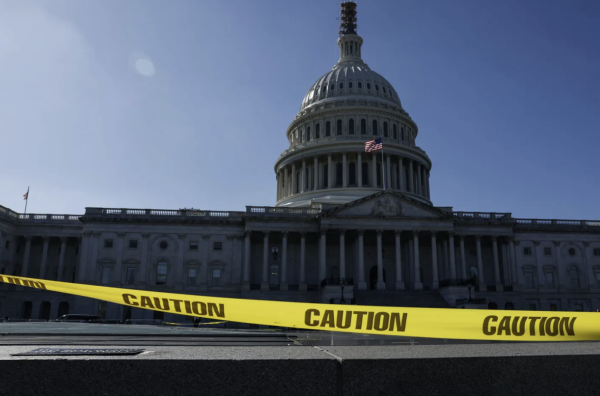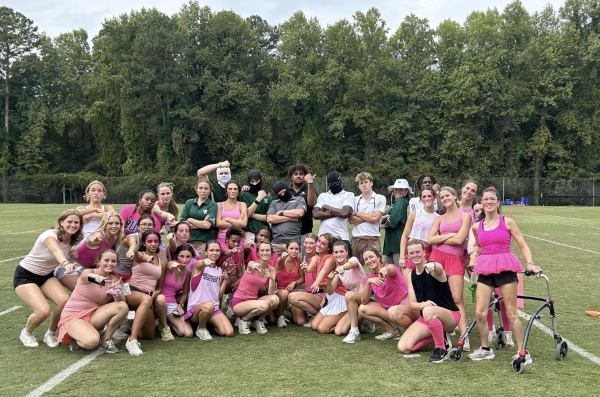Vogue cover of Vice President Harris sparks praise and critique
In early January, as the nation drew closer to the presidential inauguration, Vogue magazine conducted photo shoots to put vice president-elect Kamala Harris on the cover of the magazine. Harris is the first woman, African American, and South Asian to hold the office, making her election a historic moment in the United States.
The photo shoot was conducted by Westminster alumnus Tyler Mitchell, who graduated in 2013. He also shot the Vogue cover photo of Beyoncé in 2018. The Harris cover photo was leaked online prior to its February release and garnered significant controversy.
Vogue states that the image “reflects Harris at her casual best.” This statement, and the image itself, invoked significant criticism because Harris is now the vice president of the United States. Critics argued that this photo neither matched their expectations of a magazine like Vogue nor that of a picture depicting the vice president of the United States.
“The cover displayed a lack of awareness and consideration,” said Upper School English teacher Reanna Ursin. “I looked at past covers with Black women, and they were so focused on the individual – their facial features, their physique. The person was the cover. In contrast, the first cover of Vice President Harris was a distracting mess. You weren’t drawn to her.”
Others argued that this cover image wasn’t consistent with how one would expect to see the vice president.
“She looks like a regular person,” said Upper School art teacher Pamela Martinez. “But she’s not a regular person. She’s the vice president.”
In addition, complaints were directed at the lighting, which made her skin look lighter.
“The lighting technique was unimaginative and the background was too distracting,” said Upper School photography teacher Michael Reese. “The ingredients, or lack thereof, makes for a portrait that reads flat or unflattering.”
Lighting has often been noted as problematic in an industry known for being historically hostile to people of color. Many cover shoots have been marked by controversy regarding the lightening of the model’s skin in misguided attempts to appeal to predominantly white audiences. However, not everyone opposed the cover.
“Seeing someone who is wearing clothing that might seem mainstream or not as avant-garde as some other cover clothing is extremely common and is a fashion statement itself,” said senior Sam Cohn. “Vice President Harris’s choice to wear Converse is in line with her campaign’s appeal to regular Americans.”
Despite the photo’s flaws, it was important that Vogue recognized the vice president.
“Representation matters,” said Ursin. “And when you’re working with someone from an underrepresented group, representation matters even more.”
Adding to the confusion around the ill-received first cover was the release of a second cover, which the public received much more favorably. The second cover features Harris positioned closer to the camera. She wears a powder blue coat and is set against a gold background. The more formal second cover displayed Harris in a position of authority. Closer to the camera, Harris presents a more imposing figure.
“Harris looks confident, prepared, well dressed, and in control of the image that is being taken of her,” said Martinez.
In response to the backlash to the first cover, the editor-in-chief of Vogue, Anna Wintour, released an apologetic statement, saying, “It was not our intention to in any way diminish the importance of the vice president-elect’s incredible victory.”
Vogue will be publishing a limited number of special edition inaugural issues featuring the more popular second cover. Regardless, the controversy surrounding the covers only highlights the importance of Harris’s election in American history.
“This was the cover to get right,” said Ursin. “This was the cover that was not just about fashion. This was the cover that women and little girls were going to frame on their walls.”
